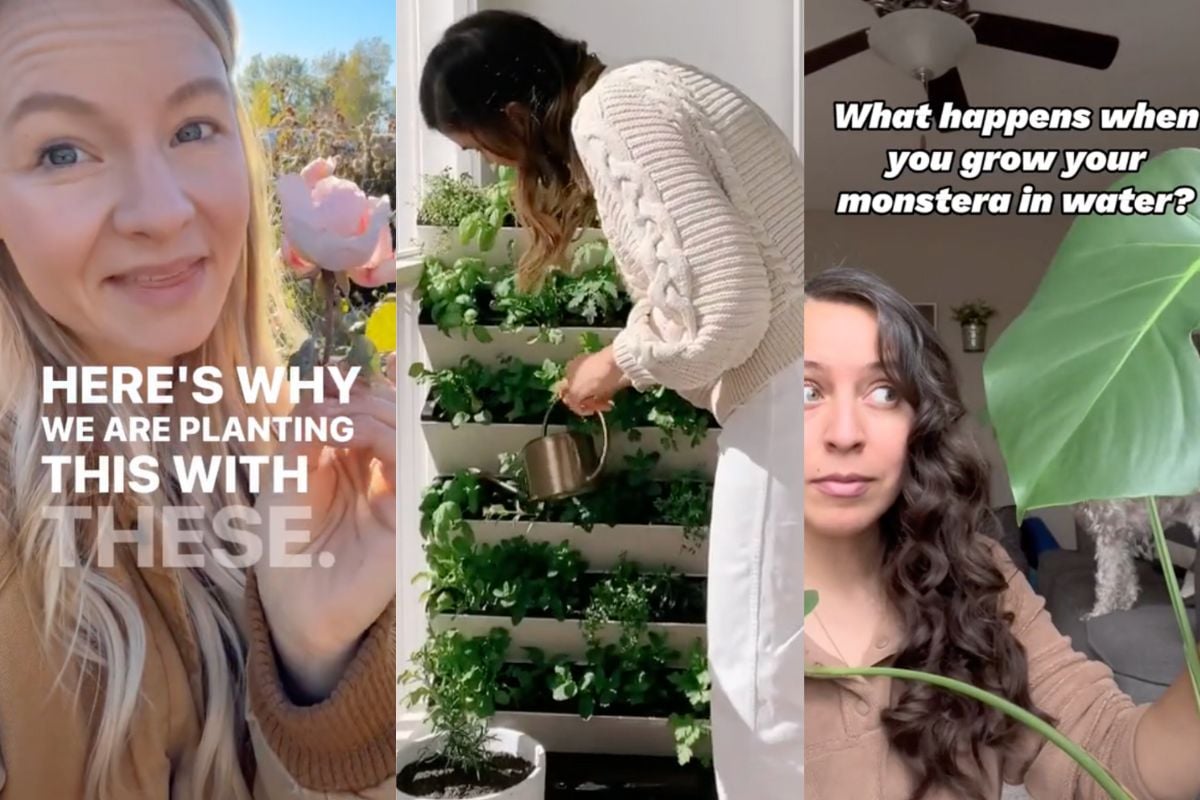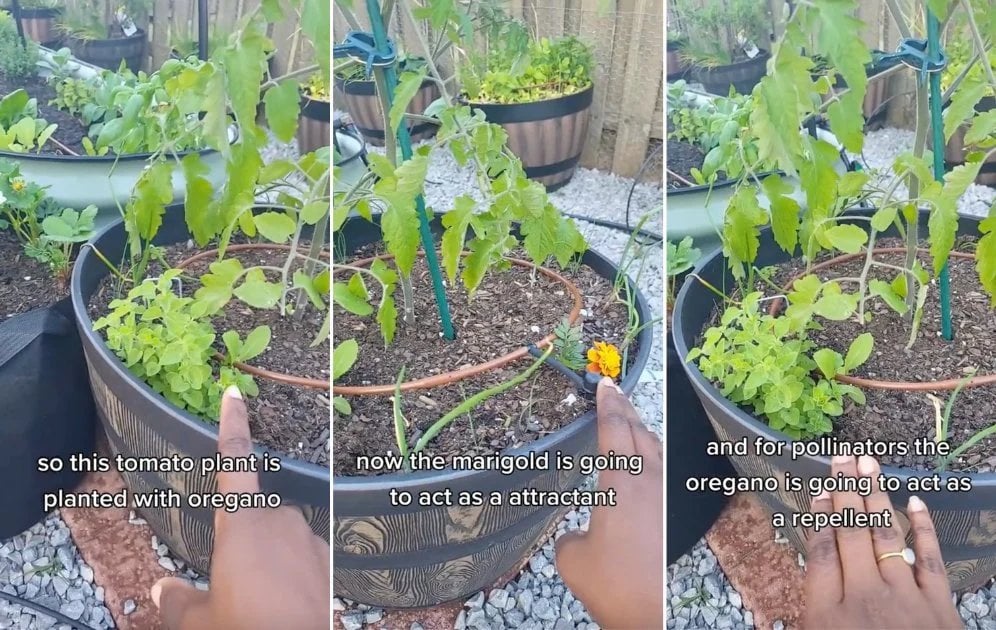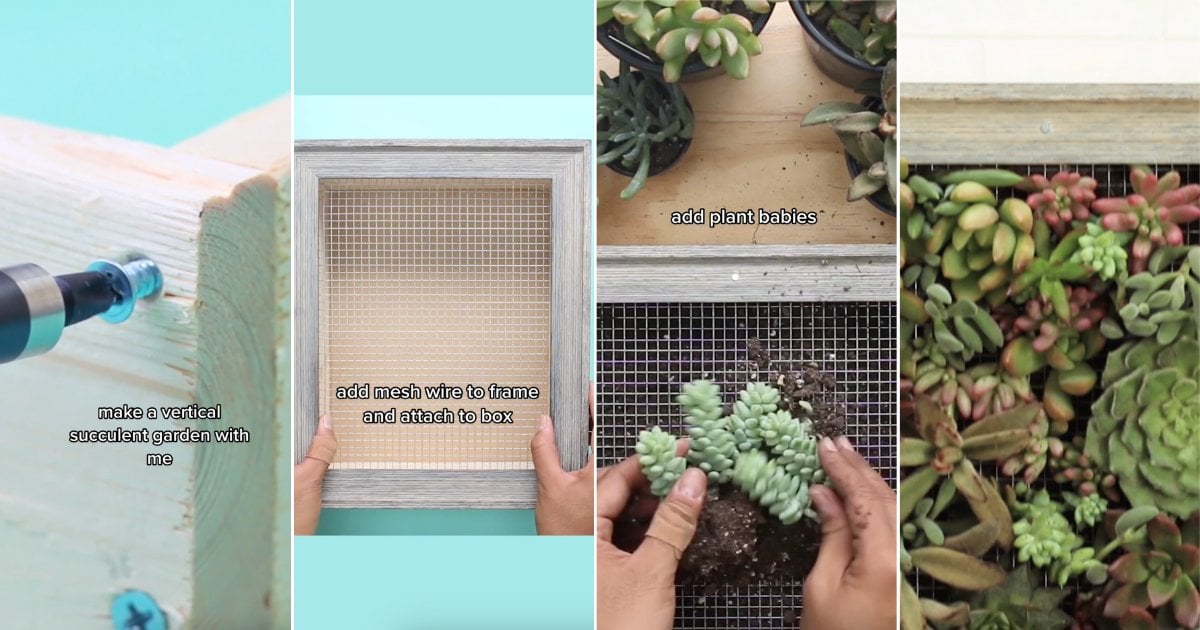

Bridgerton season three is on its way, and I couldn't be more excited for those luscious, fertile, decadent… gardens.
Sure, yes, everything else that goes down is fun too.
But seriously, let’s talk about those gardens.
The grounds in Bridgerton are a true testament to the grandeur of the Regency era. From meticulously manicured hedges that form intricate mazes to colourful flower beds bursting with vibrant blooms, all that greenery is enough to make any gardener giddy.
Unfortunately, most of us don't have a casual 100 acres to live out our garden fantasies, but small gardens can be incredibly satisfying too. After all, it's not the size that matters, it's how you maximise it.
Whether you're dealing with a cramped apartment or a petite patio, the gardeners of social media have us covered with imaginative DIY gardening hacks to transform even the tiniest nooks into lush green sanctuaries.
1. Hydroponic growing
Imagine a garden without soil – that's hydroponic gardening. It sounds sci-fi, but the technique has actually been around since the Hanging Gardens of Babylon. This low-mess (no mud) setup can be as simple as a row of containers on a wall, DIYed out of pipes, or a futuristic vertical tower. You just need to have good lighting.


